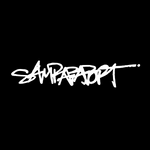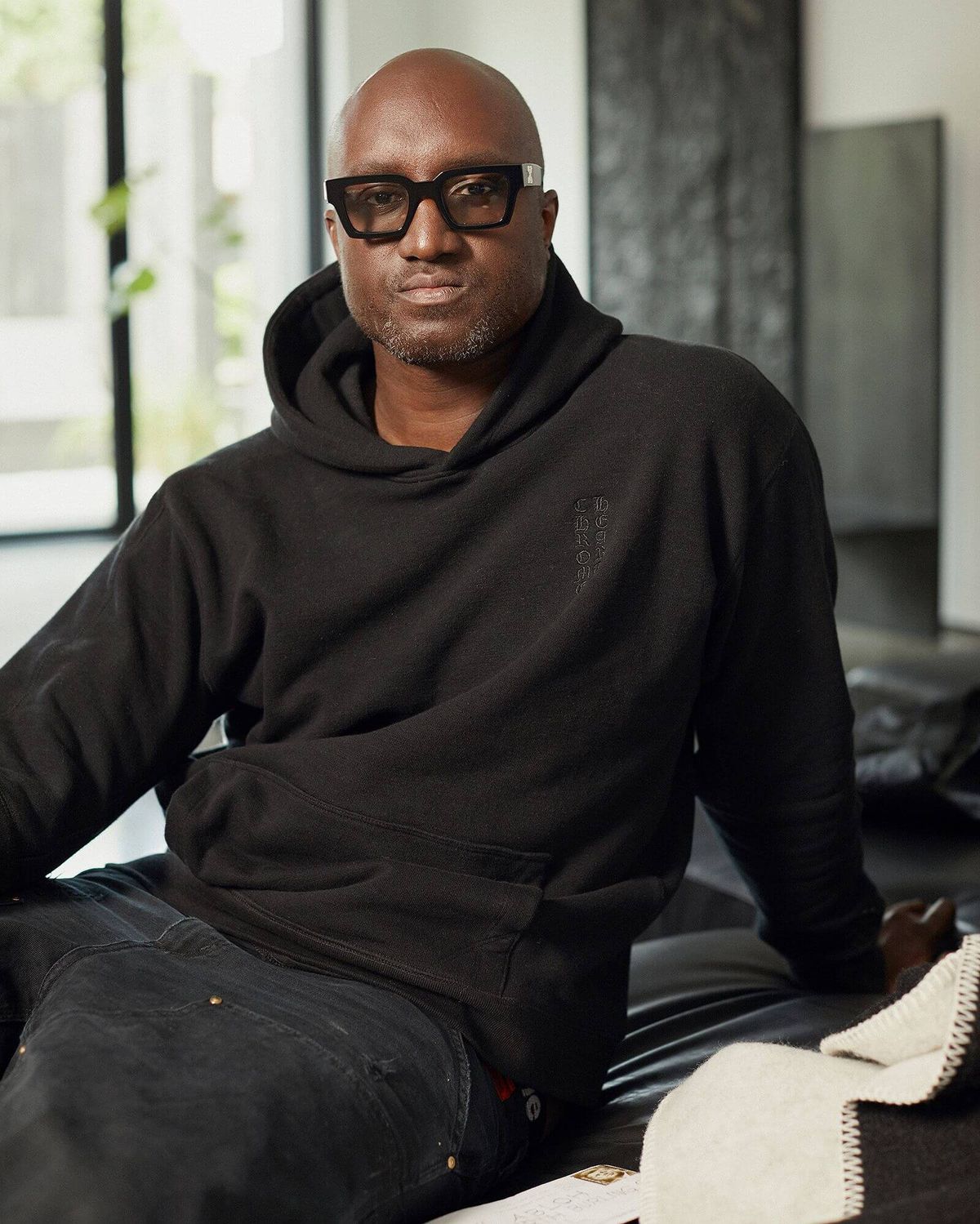When you think about streetwear’s biggest influences in the last decade, a few names pop up. Jerry Lorenzo turned a Malibu surf/90s rock aesthetic into luxury tailoring in just a few short years. Heron Preston, Raf Simons, Shawn Stussy, and others have made a considerable impact in the world of streetwear within their respective niches. Kanye has had an outsized impact on fashion beyond streetwear, creating trends and design language that has completely shifted the industry. But the glue that brought all these guys together and, indeed, created the entire model for building luxury streetwear brands in the first place is unquestionably the work of Virgil Abloh. Few are unaware of the creative success of Virgil and his luxury streetwear brand Off-White. Over the last few years, Virgil made a name for himself in the fashion and music industries with record-breaking collaborations, creative projects, and most recently his position as artistic director for Louis Vuitton menswear.
Tragically cut short with his unexpected passing from a private battle with cancer last Sunday, Virgil’s legacy lives on through the countless connections and success stories he directly cultivated and an entire future generation of up-and-coming artists that his story continues to inspire. Much has been written about Abloh and how he rose to the top of the game, but perhaps the most interesting part of his story is in the relationships he built behind the scenes to make it all happen. If you follow the design world on Instagram you have probably seen an enormous amount of tribute to the late designer. By the end of this article, you’ll understand why.
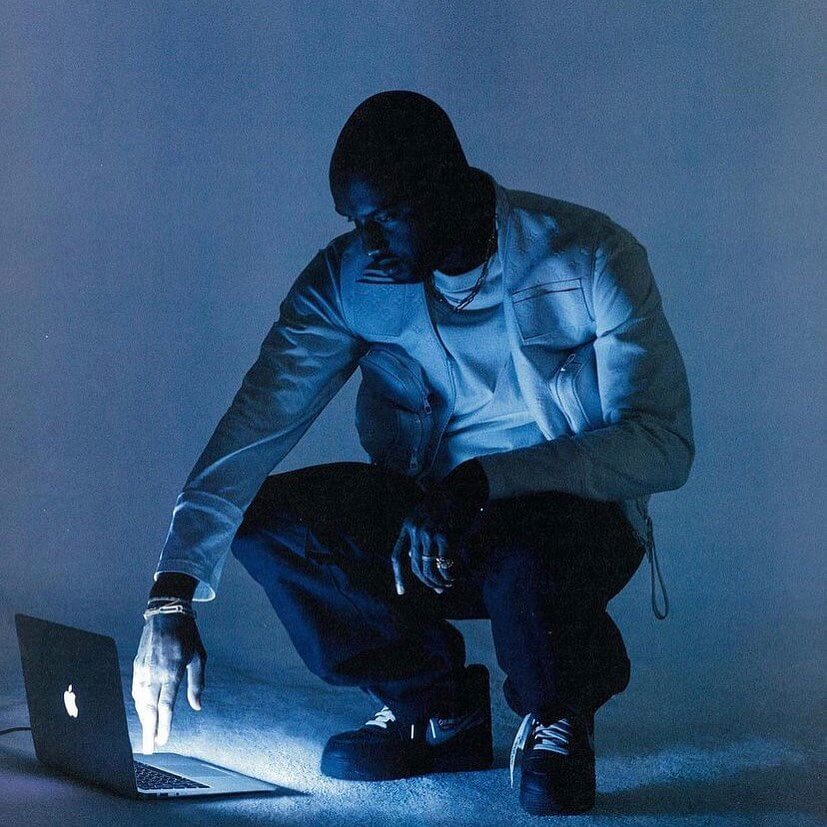
Born outside of Chicago, Virgil grew up interested in skateboarding, music, and sports. He would eventually discover graffiti art and experiment with the style himself. While none of this is particularly unique to kids in that era, it is important to note as it was clear that Virgil’s childhood would have a major influence on his core aesthetic in fashion, music, and architecture.
With a degree in civil engineering but not much interest in the profession, Virgil went back to school for architecture in the early 2000s. It was during this time that his attention shifted to streetwear and he soon began taking frequent trips from his school at the Illinois Institute of Technology to New York City where he would shop at local stores like Alife, engulfing himself in the world of streetwear. Remember that at this time streetwear was dominated by and really an extension of the world of skateboarding. Tapping into the NYC streetwear scene would prove to be extremely valuable later on with Virgil’s launch of Pyrex Vision. But that’s getting a bit ahead.
While nearly everyone that’s bought a T-shirt outside of Target has at least heard of Off-White, streetwear and fashion enthusiasts would know that Virgil first created a brand called Pyrex Vision. Contrary to popular belief, however, this was not his first clothing brand. Long before Pyrex, while still at architecture school, Virgil began printing on blank tees under the name of FortHome. It was the mid-2000s. His first design consisted of the word “Forthome” printed on the back with a large “X” underneath. According to an interview with GQ, he used Edwardian Script as it was the only script font he had on Adobe Illustrator at the time. There may not be anything revolutionary about the design, but the “X” does bear striking resemblance to what would later become the Off-White logo.
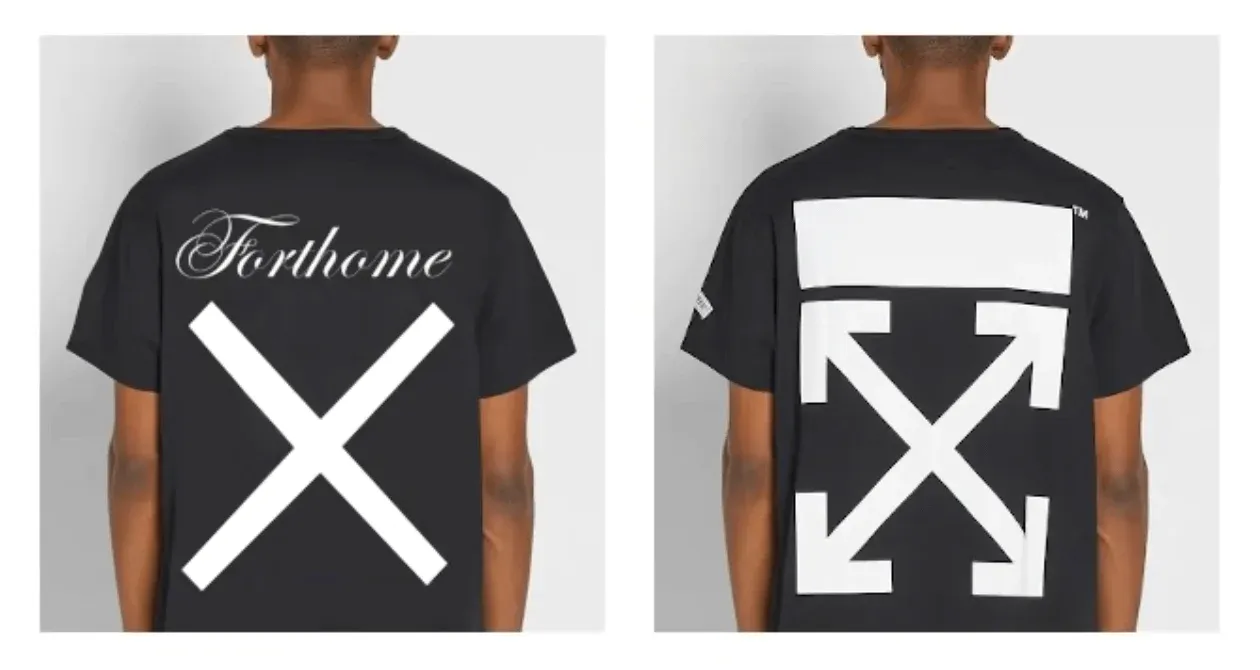
While Forthome never grew beyond his circle of friends, it did catch the eye of a Chicago print shop named Custom Kings who were so impressed with the perfect formatting of his art files that they offered Virgil a job. Just a couple of weeks into the gig, designer Don C went into the store asking if they had any designers. In a twist of fate, Virgil would be introduced to Don C and land a commission to do some work. Don C had already worked extensively with Kanye West at this point, so Virgil saw this as a potential turning point in his design career.
Sure enough, Virgil would be introduced to Kanye West through his collaboration with Don C. They hit it off and in 2007, West hired Abloh to help the rapper expand beyond the world of music. One of Virgil’s first projects under this role was designing the merch for Kanye’s 2008 Glow in the Dark tour in collaboration with artist Takashi Murakami. West and Abloh continued working closely together and, realizing their interest in luxury fashion, the two took up an internship at Fendi in 2009. In an interview with The New York Times, Louis Vuitton CEO (then-CEO at Fendi) Michael Burke stated, “I was really impressed with how [Abloh and West] brought a whole new vibe to the studio and were disruptive in the best way. Virgil could create a metaphor and a new vocabulary to describe something as old-school as Fendi. I have been following his career ever since”.
Despite catching the attention of Fendi executives, West and Abloh didn’t make much of an impact at Fendi. They had, however, broken into the world of luxury fashion. That same year, West’s sneaker collaboration with Louis Vuitton led him and his team to Paris where the now famous and parodied photo at Paris fashion week was taken.
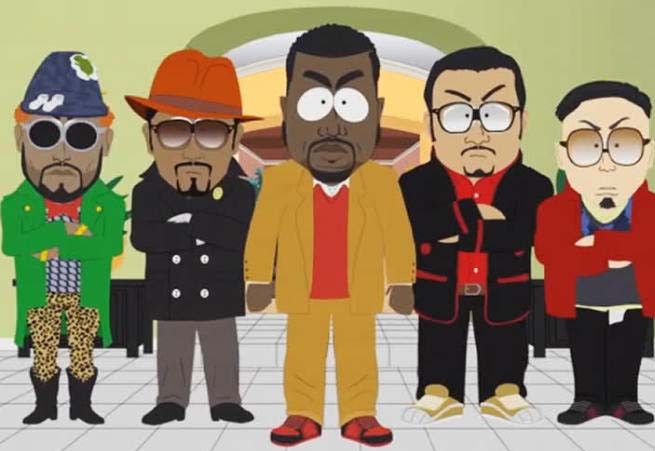
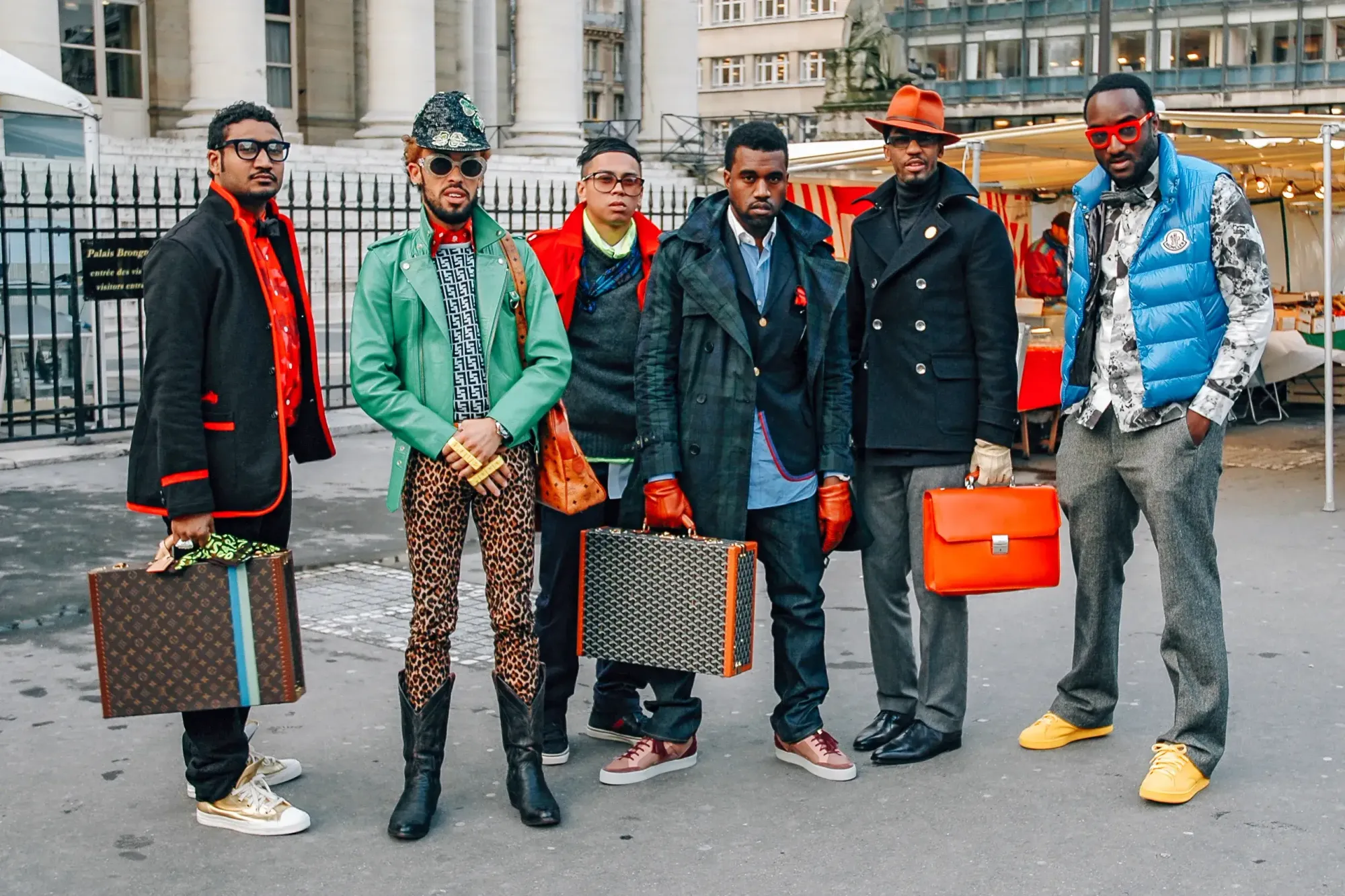
Their fits might have been ridiculous, but that was the entire point. High fashion at the time was still dominated by institutional brands and elites. Showing up with loud, clashing fits and breaking traditional barriers to bring streetwear into high fashion was something that had never been done. Despite the ridicule, Abloh and West broke the norm and realized that they could provide something that was missing from high fashion – a fresh take from a culture that had been historically brushed over by the luxury market.
By 2010 it was clear that Virgil would be Ye’s right hand man for all things design. This was solidified when he was named creative director of DONDA, Kanye’s creative content company. At the time DONDA was still a mysterious entity, but through it Virgil would work with anyone that collaborated with the rapper. The same year, Abloh worked as art director on West’s fifth studio album (and my personal favorite), My Beautiful Dark Twisted Fantasy. He commissioned artist George Condo to design the cover, which shows West being straddled on a bed by an armless winged woman with distorted features and a long, spotted tail. You may not know this, however, because due to the graphic nature of the artwork it was required to be blurred by the record label which is the form in which we see the album today. Despite the (intended) controversy, the original album artwork was named one of the 50 greatest album covers of all time. In addition to the main cover, Condo painted several other pieces that were all included in the original packaging.
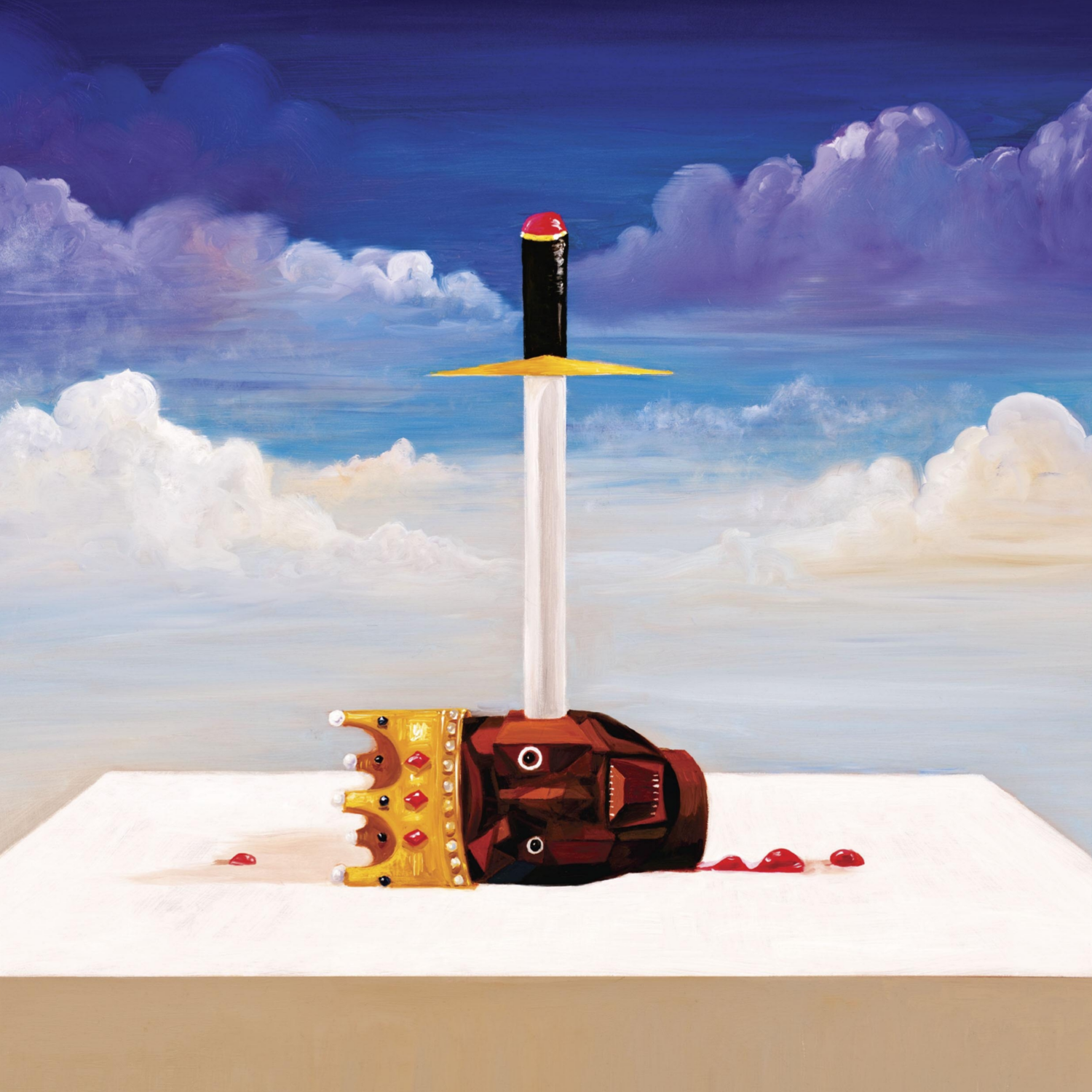
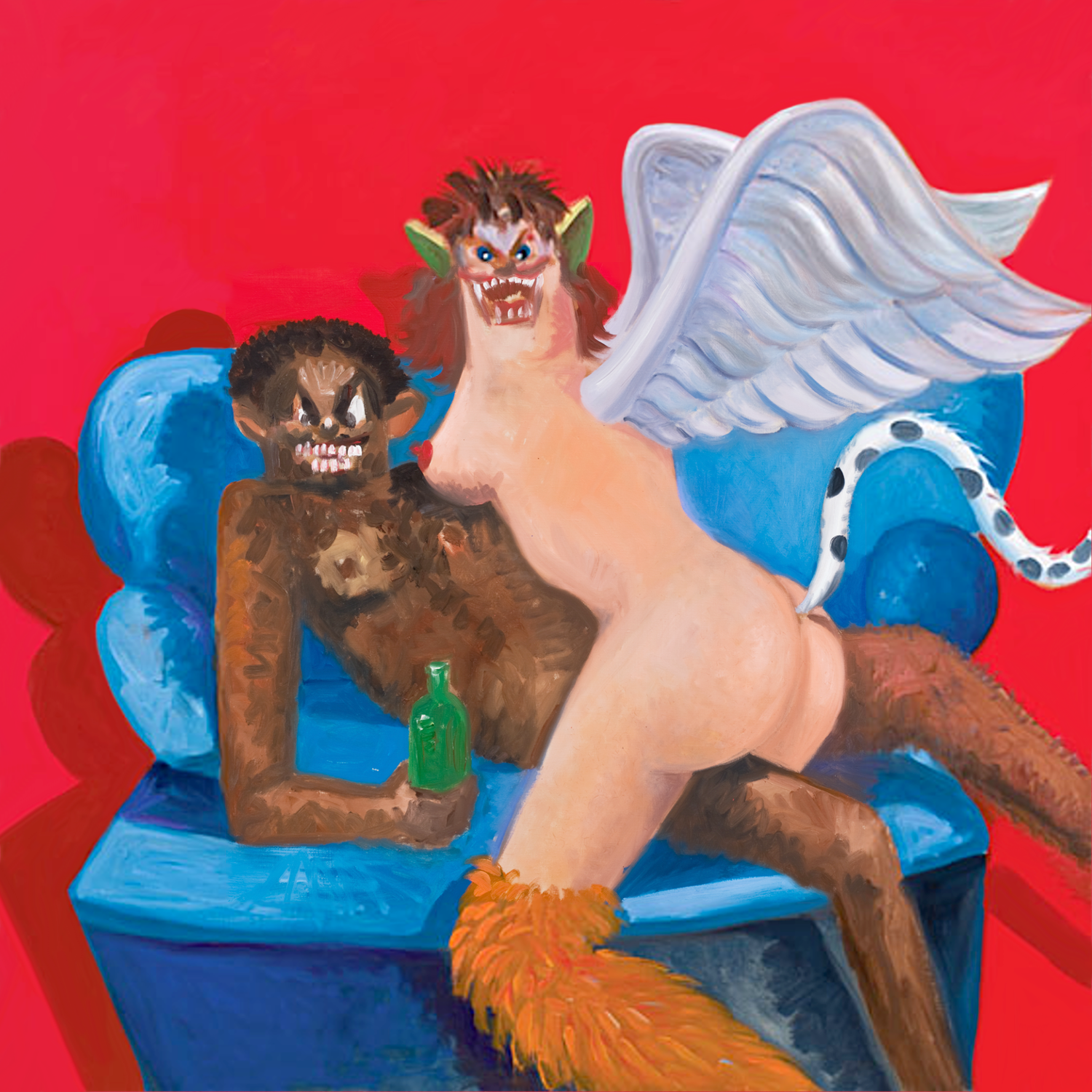
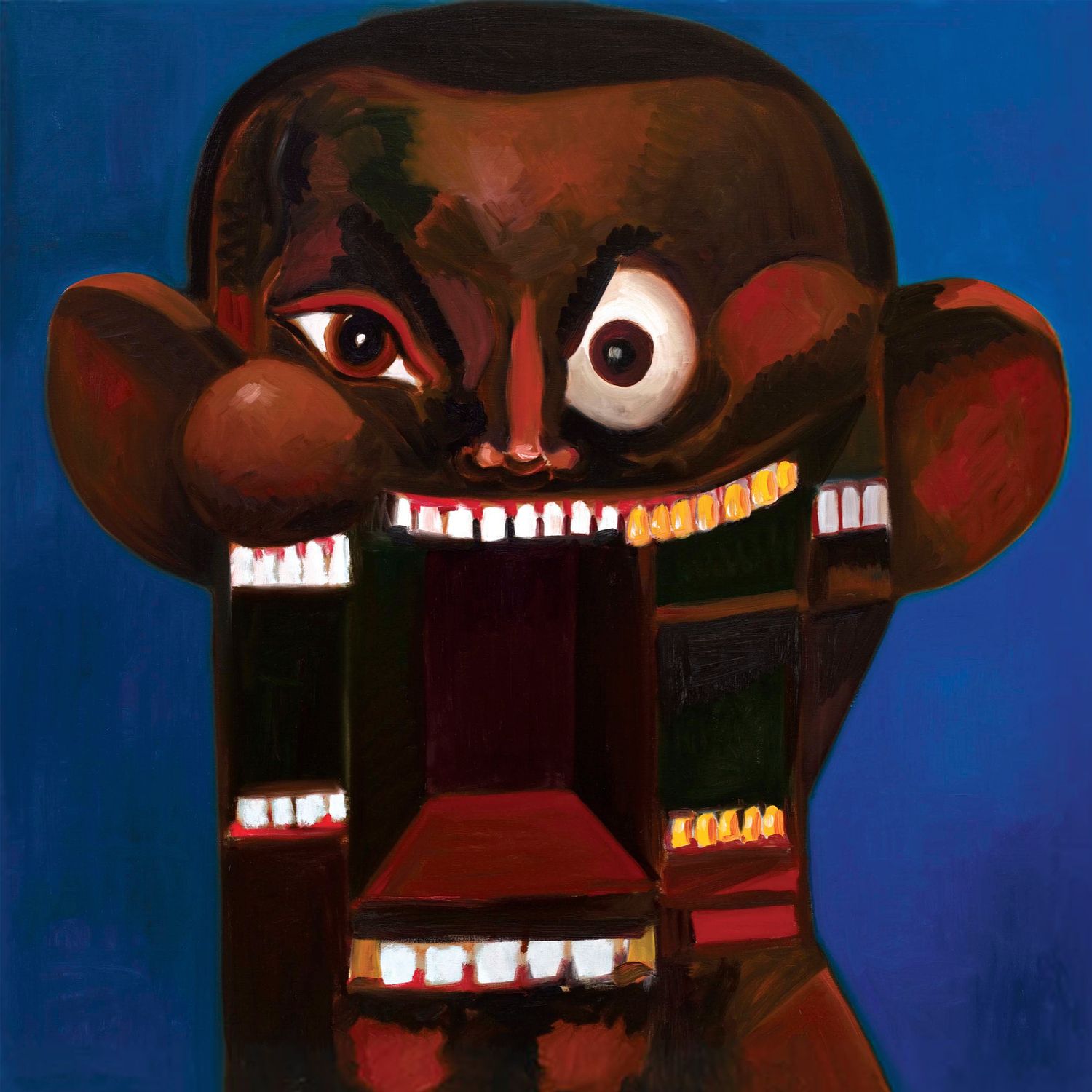
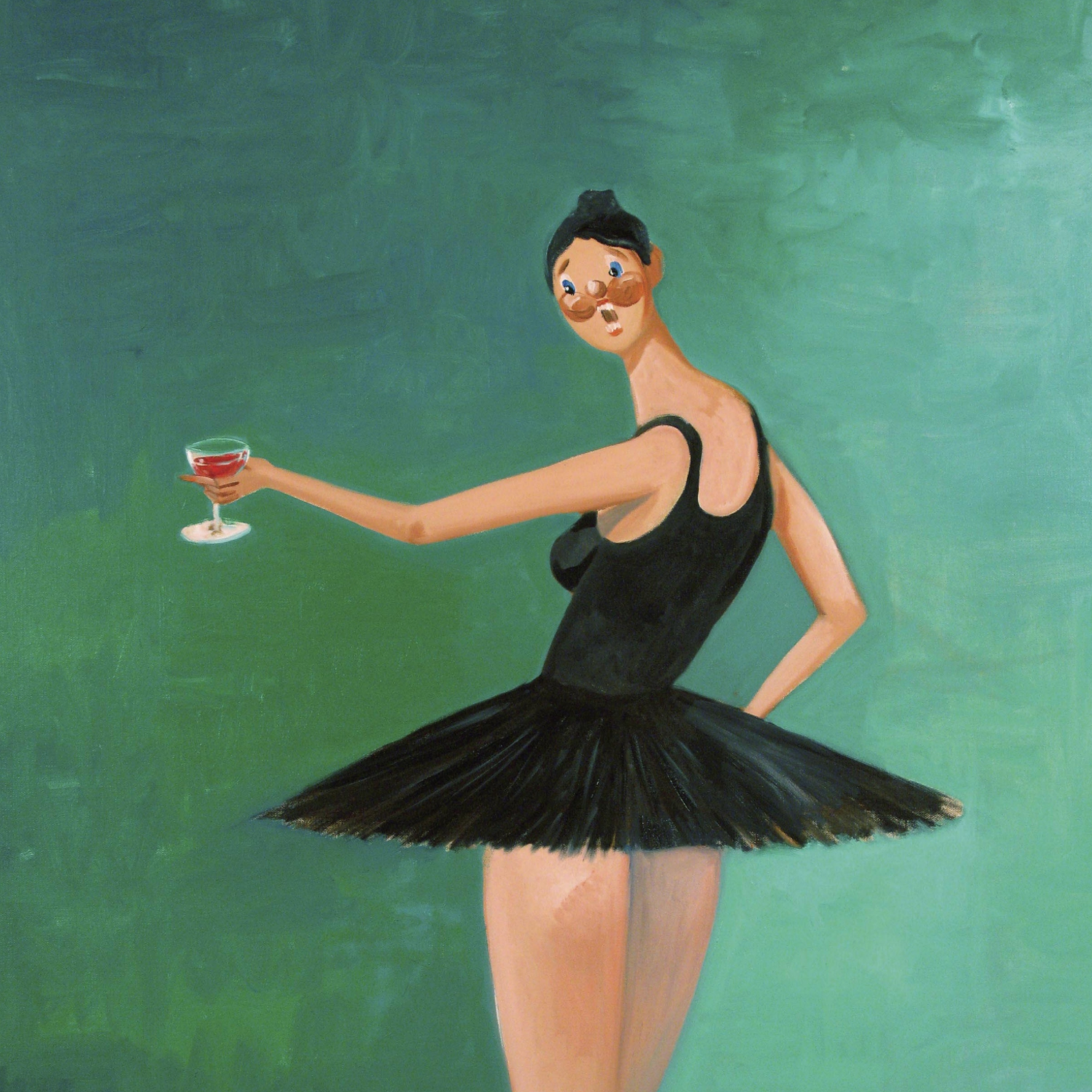
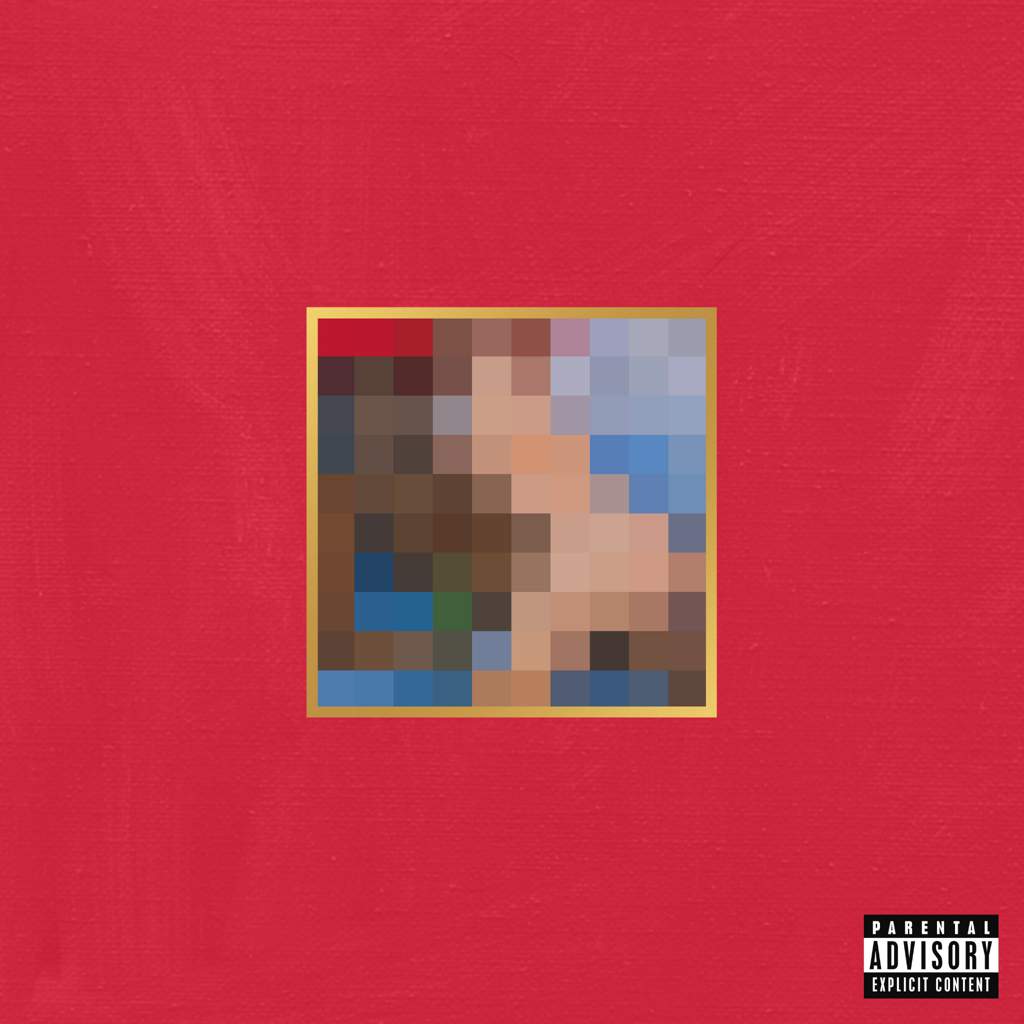
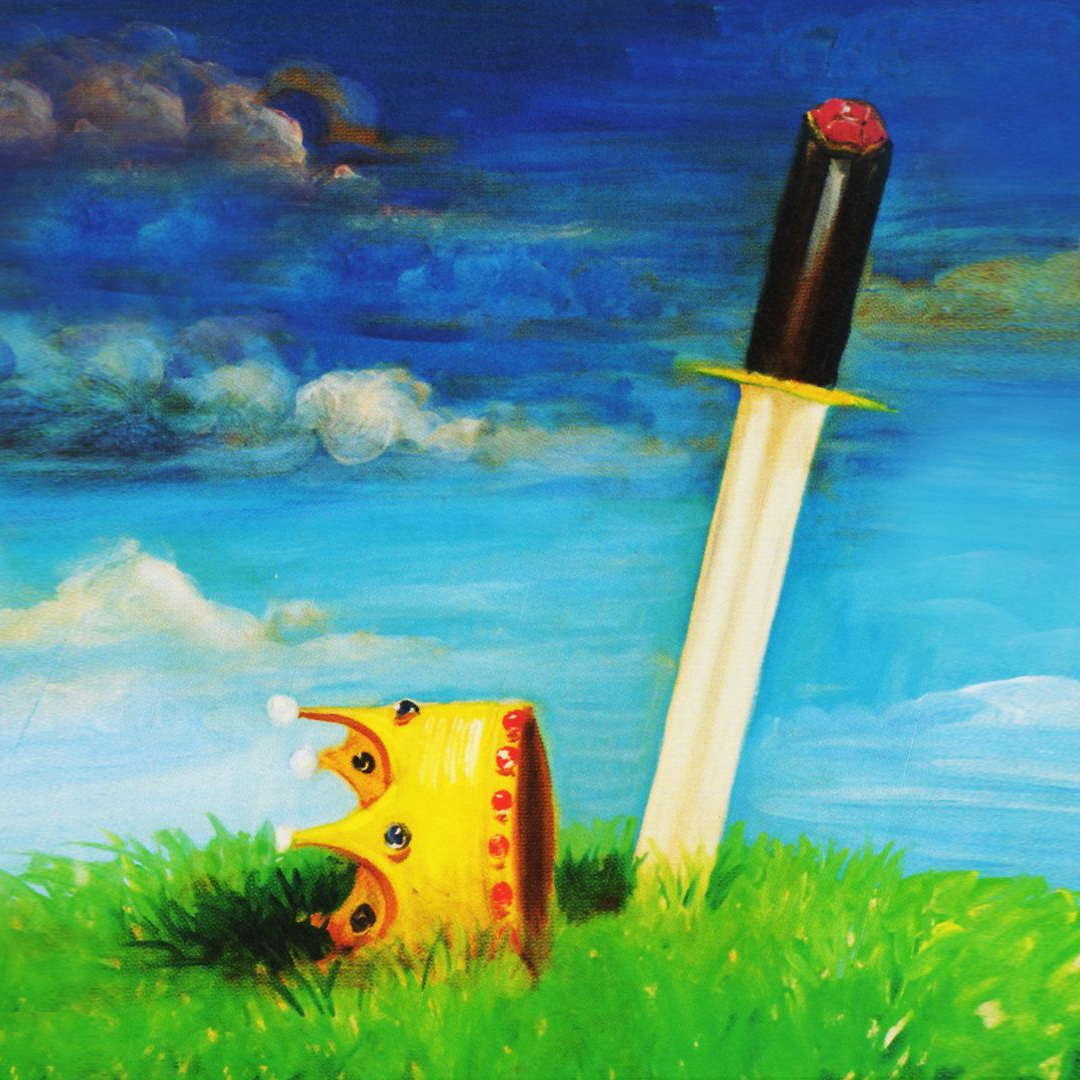
In addition to bringing on Condo for the album art, Abloh remained with West during the entire recording process of the album in Oahu, Hawaii. This was a key point in his career as it allowed him to grow close to Kanye’s collaborators which included Jay-Z, Pusha T, Kid Kudi, and more. The list of names on MBDTF is worthy of an award in itself and Virgil would have the opportunity to meet with many of them while working with Kanye on the album. All of this just 4 years after he skipped his graduation ceremony to take up a meeting with Don C.
Still working closely with West, Abloh directed the artwork for his collaboration album with Jay-Z, Watch the Throne. He commissioned Riccardo Tisci to create the artwork, who was the creative director of Givenchy at the time. It’s clear that behind the scenes Virgil was establishing impressive ties to the luxury fashion industry while focusing on building up his portfolio. Watch the Throne was a massive commercial success and even landed Virgil a grammy nomination for best recording package.
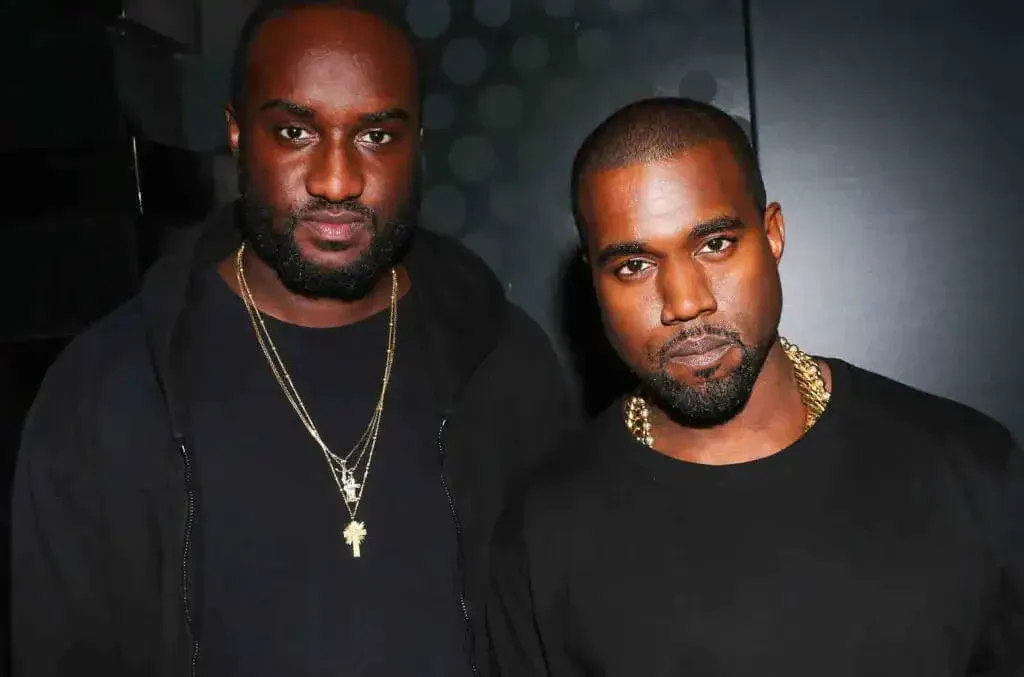
Up until this point, Virgil was still working fairly under the radar. Sure, he had made ties with some of the biggest names in music and built up an impressive portfolio in a short amount of time, but he had yet to have a breakthrough moment. This would all change in 2012 with the launch of Been Trill.
Now if you’re familiar with Been Trill, you’re probably thinking, “man why are you bringing up that hypebeast ass sell out brand”. I’ll tell you. It’s true that Been Trill went from selling $100 shoelaces to mass-producing the brand with PacSun and other major brands. However, this was after Virgil stepped away for “not wanting to proliferate bad design”. It’s the formation of Been Trill that’s important here as it explains key points of the second half of Virgil’s career.
During a stint in London, Virgil found himself hanging with Matthew Williams (ALYX co-founder and creative director at Givenchy) and Heron Preston. Tired of going out to London clubs because the music sucked, the group began to operate their own DJ booth under the name of Been Trill. Merging rap music with the internet culture of the time, the group began to make a name for themselves and began printing tees under the Been Trill name.
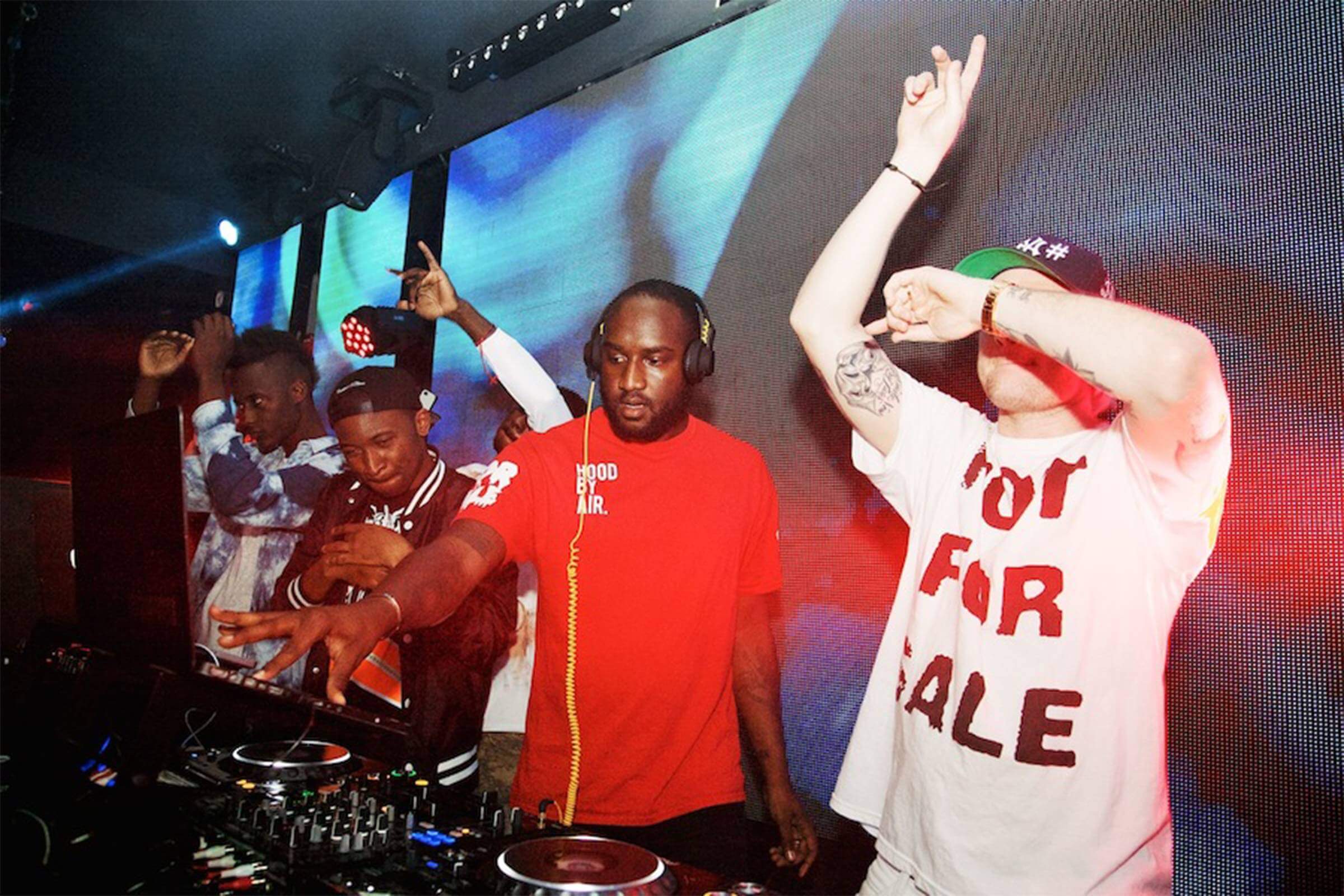
This was an important era for two reasons. First, it’s arguably the foundation of appropriating internet culture into the creative mainstream. Second, the Been Trill brand served as a test bed for new ideas in streetwear that allowed Abloh and the group to discover the internet and building hype as a means to sell what could be classified as ridiculously overpriced items as a form of building community and brand ownership. This concept of building community around a brand via the internet was the core idea that would form Virgil’s playbook for creating a global streetwear brand overnight.
After separating himself from Been Trill, Virgil created Pyrex Vision in 2012. “It was a 10 minute film that I wanted to make”. Virgil launched Pyrex on a screen printed tee shirt with an important message: That people from impoverished areas can only make it out by selling drugs or playing basketball. A beautifully simplified notion of a genuine problem in the Western world, this message was accomplished by printing the name “PYREX” (a nod to the Pyrex cookware used to make drugs) above the number “23”, the number Michael Jordan wore during his legendary career with the Chicago Bulls.
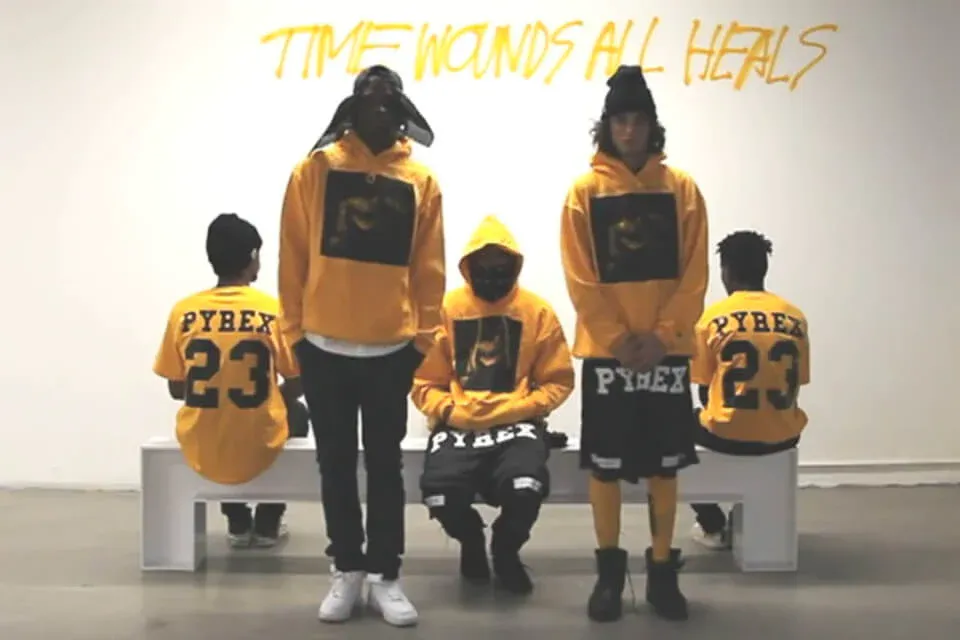
Abloh pioneered and mastered the streetwear brand model with Pyrex. Using his connections over the past few years, he got some of the biggest names to rock the brand. This created overnight demand and allowed him to sell cheap screen printed blanks for hundreds of dollars. This model drew a lot of criticism but, as we all know, all publicity is good publicity and Pyrex Vision was a pretty big success. That is, until Pyrex caught wind of the name and threatened to sue. Virgil quickly shut the business down, but not before setting his mind on a new brand that would permanently change the fashion scene forever. I’m of course talking about Off-White.
Plenty has been written about the success of Off-White and anyone paying even remote attention knows of its influence in culture and fashion. Entering high fashion was always the mission which was immediately evident by Abloh’s decision to launch the brand out of Milan. Off-White was destined to be a success from the start. From the SS2014 collection, to womenswear that fall, to their first show in Paris in 2016, Off-White took off. Between 2016 and 2017 he opened Off-White stores, created furniture, began DJing as Flat-White, and designed the largest sneaker collaboration in history with Nike. A record-breaking 10 shoes that made it impossible to ignore. As soon as he put anything out, he was already working on something bigger and better.
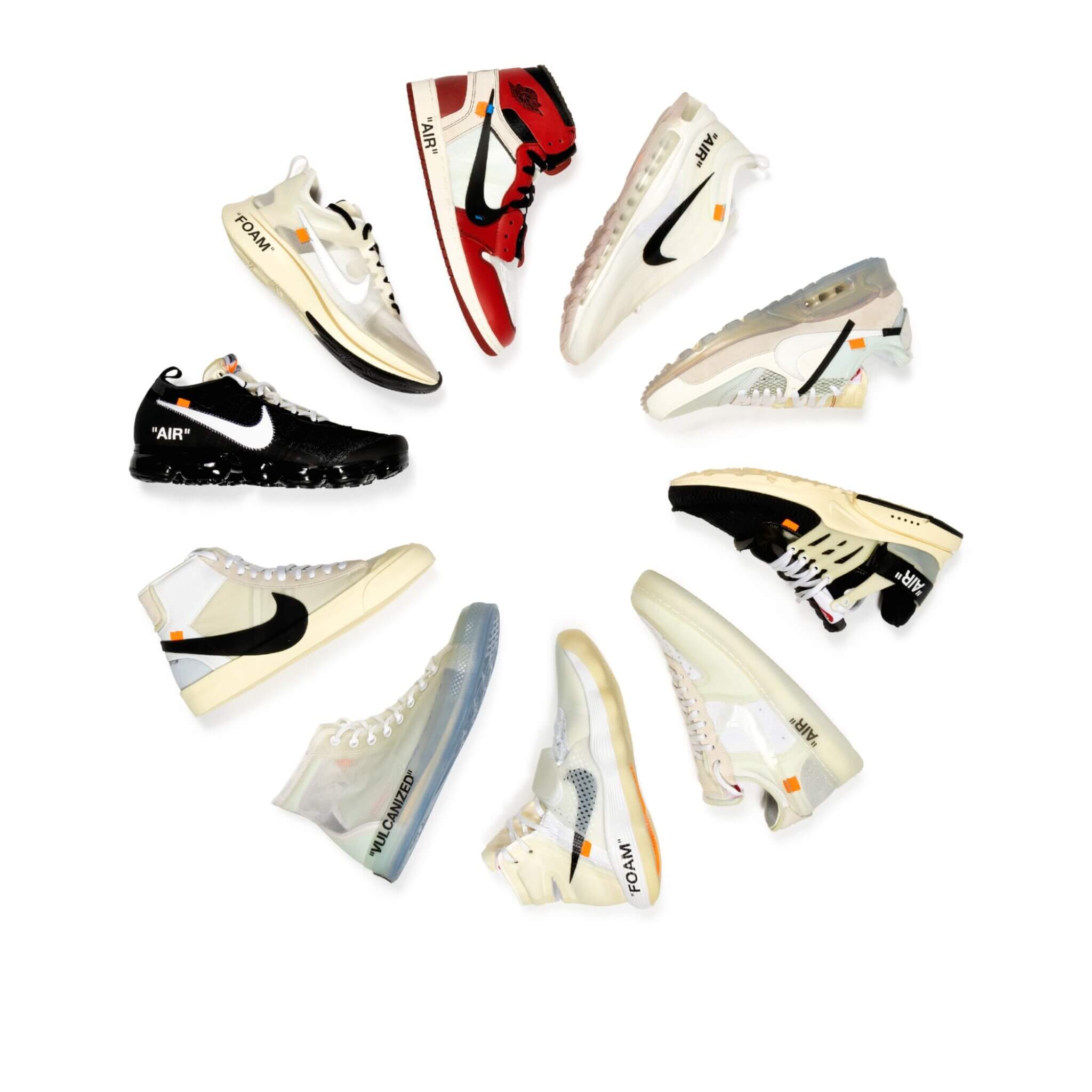
In 2018 Virgil announced he was taking up a position as artistic director for Louis Vuitton menswear. While his contributions to LV were tragically cut short with his passing this week, he managed to dramatically shift the language of LV in just two short years and the playful, industrial, and colorful aesthetic of LVs latest collections are sure to influence the brand’s direction for decades to come. On a broader level, perhaps his greatest accomplishment was breaking barriers to bring an entirely new culture into the conversation.
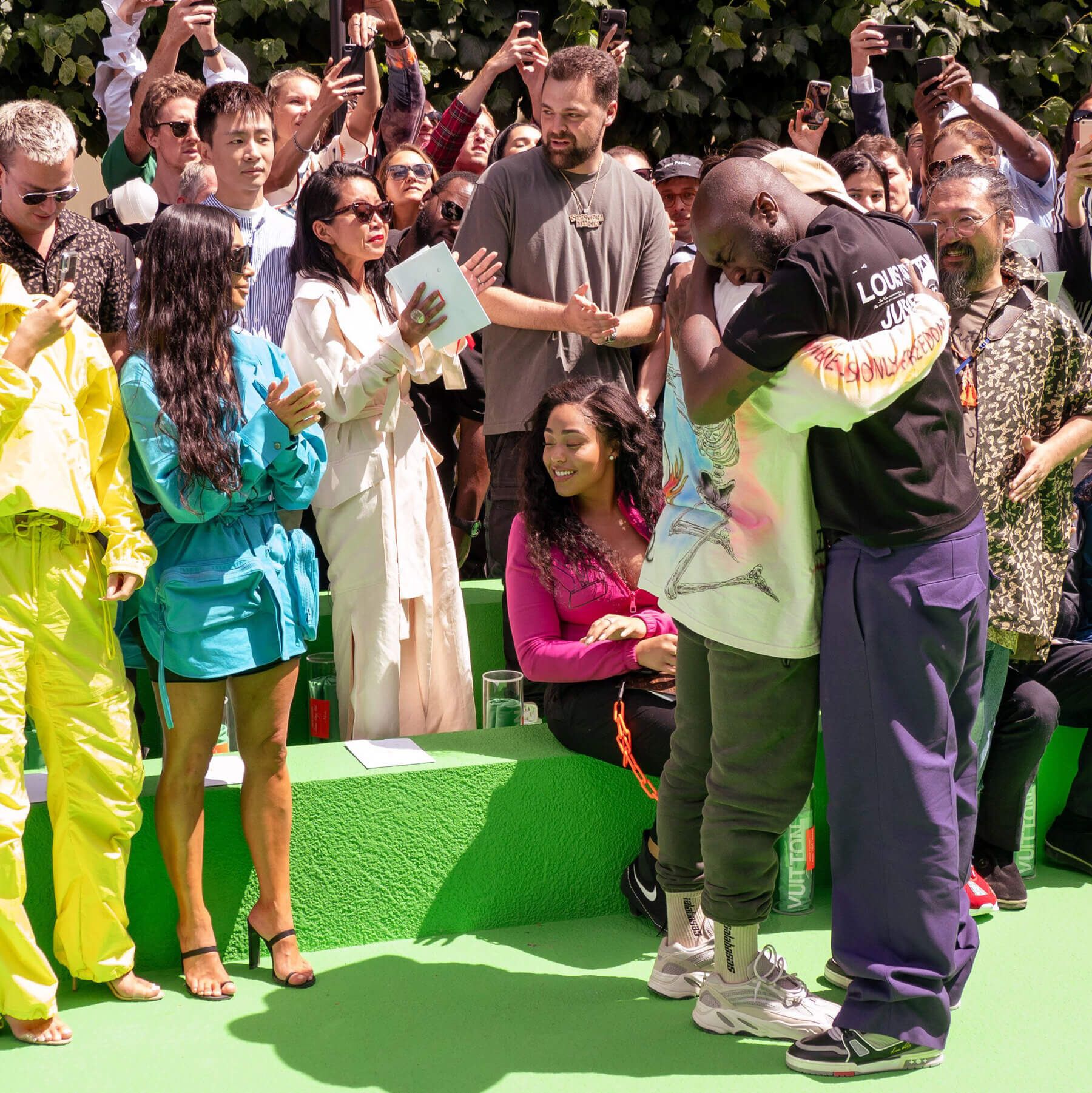
Just this Tuesday, Louis Vuitton paid tribute to the fashion icon by hosting his final runway show “Virgil Was Here” in Miami. It featured Virgil’s Spring/Summer collection and honored his contributions to the brand as the sun set over Miami’s harbor. Among the 1500 attendees were Kanye West, A$AP Rocky, Pharell Williams, Rihanna, Jerry Lorenzo, Bella Hadid, and 21 Savage. Rappers Offset, Quavo, and Kid Cudi walked on the runway during the presentation. Louis Vuitton’s CEO Michael Burke honored Abloh by remembering his impact on fashion and culture. “Virgil was not only a friend, great collaborator, creative genius, visionary and disruptor, but also one of the best cultural communicators of our times,” Burke said of the designer.
Jerry Lorenzo, one of the key inspirations for our own launch of Five Nines, said on Instagram of Abloh, “thank you… you opened both physical and mental doors for me, that allowed me to see what was possible for my life. i am forever grateful. what you did for the world, is beyond words”.
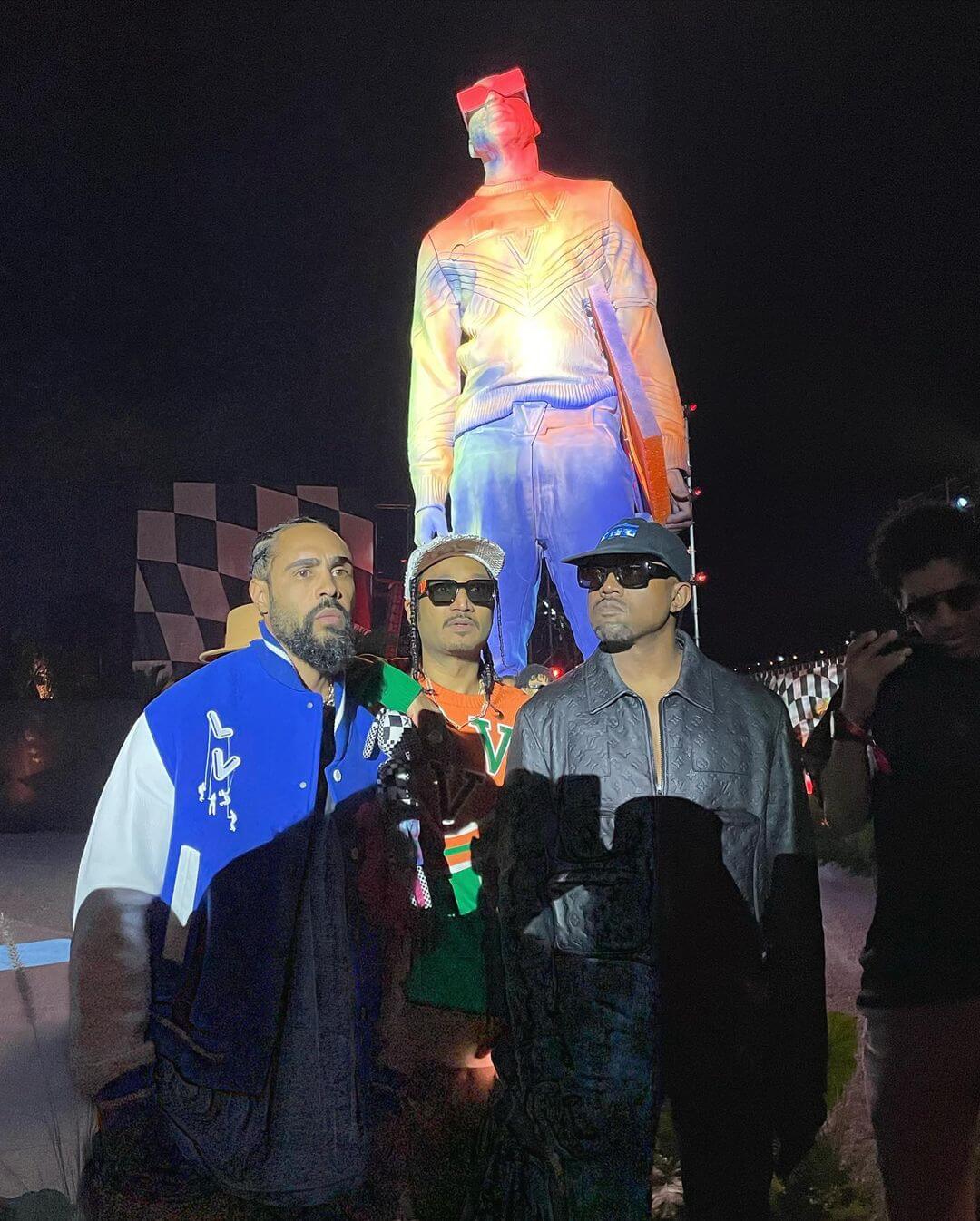
Virgil Abloh’s final show and life tribute is available online at the Louis Vuitton website.

